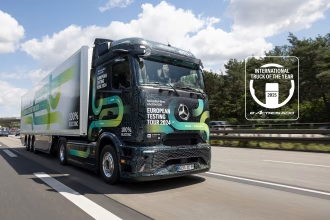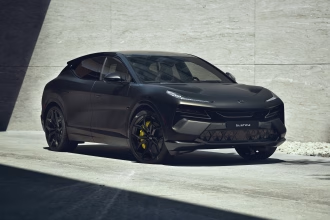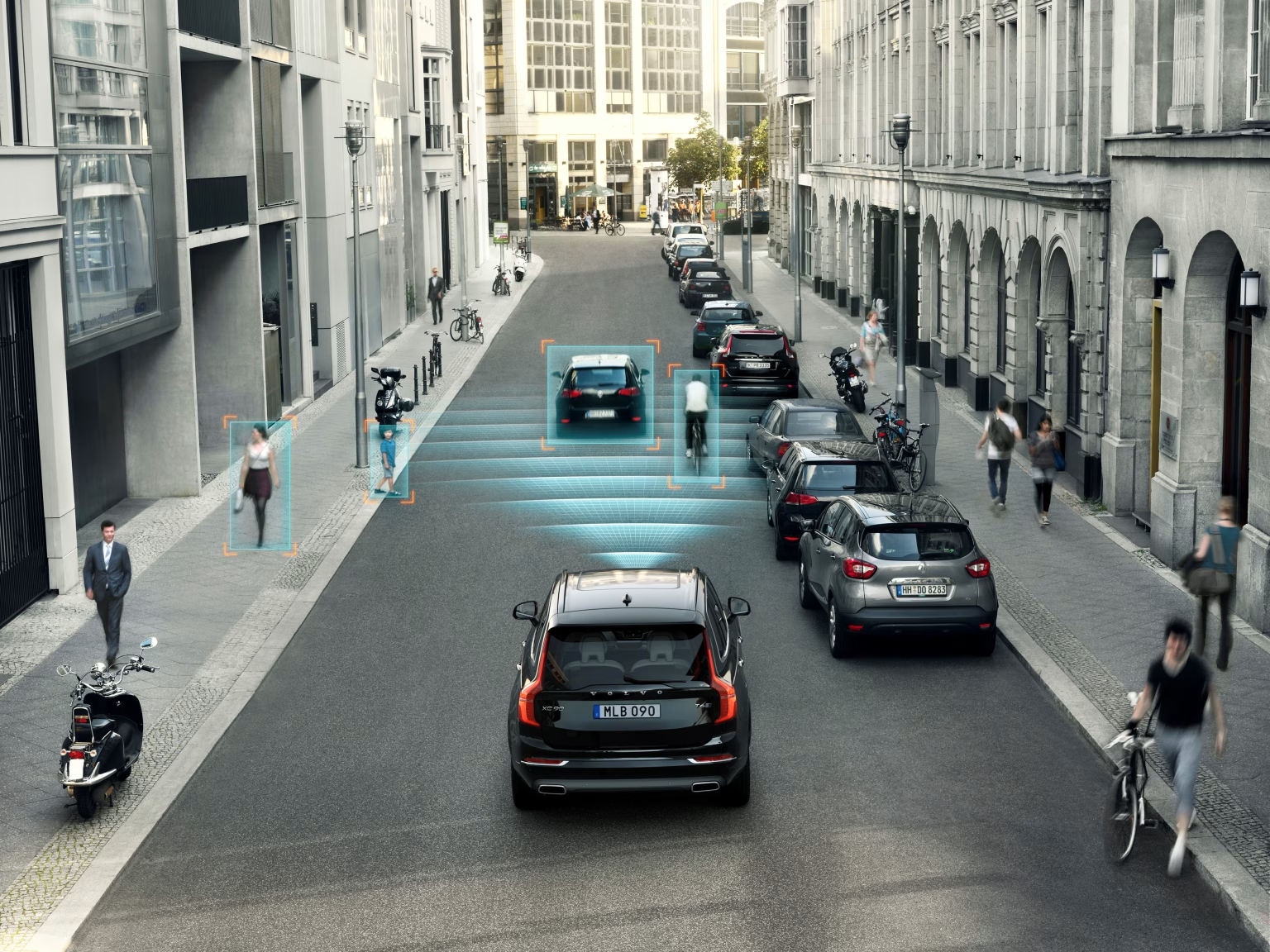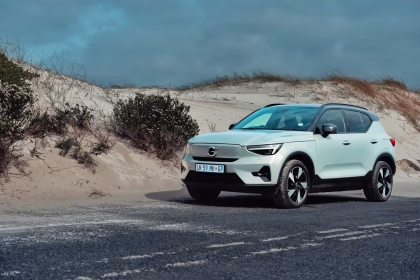As South Africans prepare to hit the road this Easter, Volvo Car SA shares essential tips on vehicle readiness, safe driving, and staying alert, helping ensure a safer, stress-free holiday for all.
South Africans are gearing up for the Easter period, which coincides with a four-day weekend. This is often when friends and family spend time together, usually taking road trips to holiday destinations. This busy period comes with increased road risks, which, in South Africa, can have potentially devastating consequences.
According to the Road Traffic Management Corporation, 335 road crash fatalities were recorded for the 2024 Easter weekend, with 236 fatal crashes. Year on year, this represented a 32.9% increase in deaths and a 14.01% increase in deadly crashes1.
“At Volvo, safety has always been at the heart of everything we do,” commented Felipe Yagi, Head of Marketing & Communications at Volvo Car South Africa. ”As we approach another busy Easter on South African roads, it’s crucial to remember that our commitment extends beyond protecting our drivers and passengers—it’s about safeguarding everyone on the road. With our advanced safety technologies, we strive to create an environment where safer driving is made easier for all, helping to reduce risks and ensure a smoother journey for everyone.”
While Volvo works tirelessly to introduce the latest crash prevention and accident protection systems, safe driving practices and vehicle preparation are some ways a driver can ensure a safe journey.
With increased traffic volumes and road activities being one thing, many things are at play that result in more crashes. This includes fatigue, drivers simply driving for too long without rest, distracted driving, and unpredictable road conditions. Distracted driving is a significant problem on South African roads; MasterDrive recently released a report which claimed that approximately 60-80% of car accidents can be attributed to driving while distracted2. Unpredictable road conditions are another factor. Implementing proactive safety measures makes it all the more important, but what does that entail?
These are some simple tips drivers can apply to ensure a safer driving experience on the long road.
- Vehicle readiness: Before setting out on a road trip, pre-trip vehicle checks must be carried out. This includes checking the tyre pressure, tread depth, and tyre quality. Many motorists aren’t aware that tyres have an expiry date. Other essentials to check are whether all the lights are in working order, whether the brakes are functioning optimally, and whether the fluids (water, old, etc.) are topped up.
- Driver awareness: While you may want to save time and reach your destination quickly, drivers must take rest breaks. It’s recommended that the driver takes a 15-minute break every two hours to stay sharp and alert. If you’re fatigued, pull over to get some rest or ask someone else to drive. Importantly, don’t use your cell phone, fiddle with vehicle controls, or engage in other activities that could distract you from the road. More importantly, stick to the posted speed limit and adjust your speed to the prevailing traffic conditions.
- Emergency preparedness: Ensuring your vehicle has the necessary equipment in an emergency could prove helpful. This includes checking that the spare tyre or puncture repair kit is in working condition. It’s recommended that motorists carry a warning triangle, torch, and high-visibility jackets. A first-aid kit is always nice to have.
Advanced safety features: As a safety pioneer, Volvo includes various driver assistance systems in their vehicles, all aimed at keeping the driver, passengers, and other road users safe. It is recommended to keep these assistance features on at all times, allowing them to keep a lookout for any danger when you aren’t able to.
Since Volvo’s founding in 1927, the Swedish automaker has remained committed to road safety, having pioneered myriad safety innovations in its near-century of being in the automotive business. This includes the three-point seat belt (1959), the rearward-facing child seat (1972), the integrated booster cushion (1990), side-impact airbags (1991), Blind Spot Information System (2003), pedestrian detection with auto-brake (2010) and, more recently, the sophisticated safety shield first introduced on the new EX90.
Prioritising safety means a smoother, stress-free Easter holiday for everyone on the road. While Volvo continues to advance vehicle safety, responsible driving remains just as important. Preparing your car, staying focused, and using safety features wisely can help prevent accidents. A safe journey starts with good choices—let’s all do our part.









